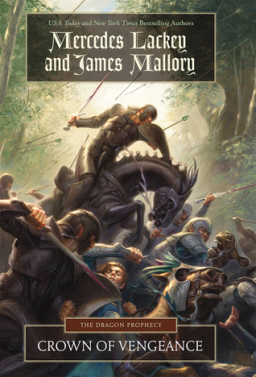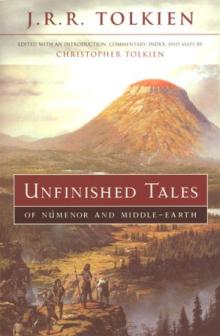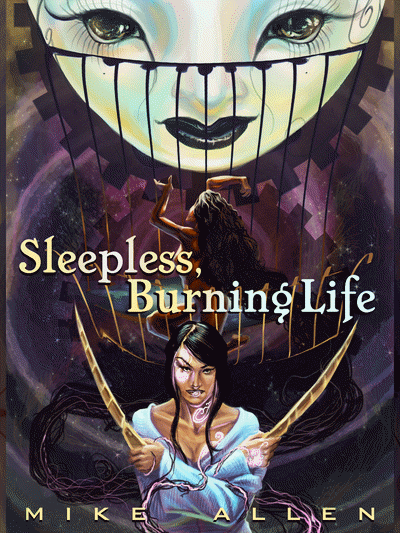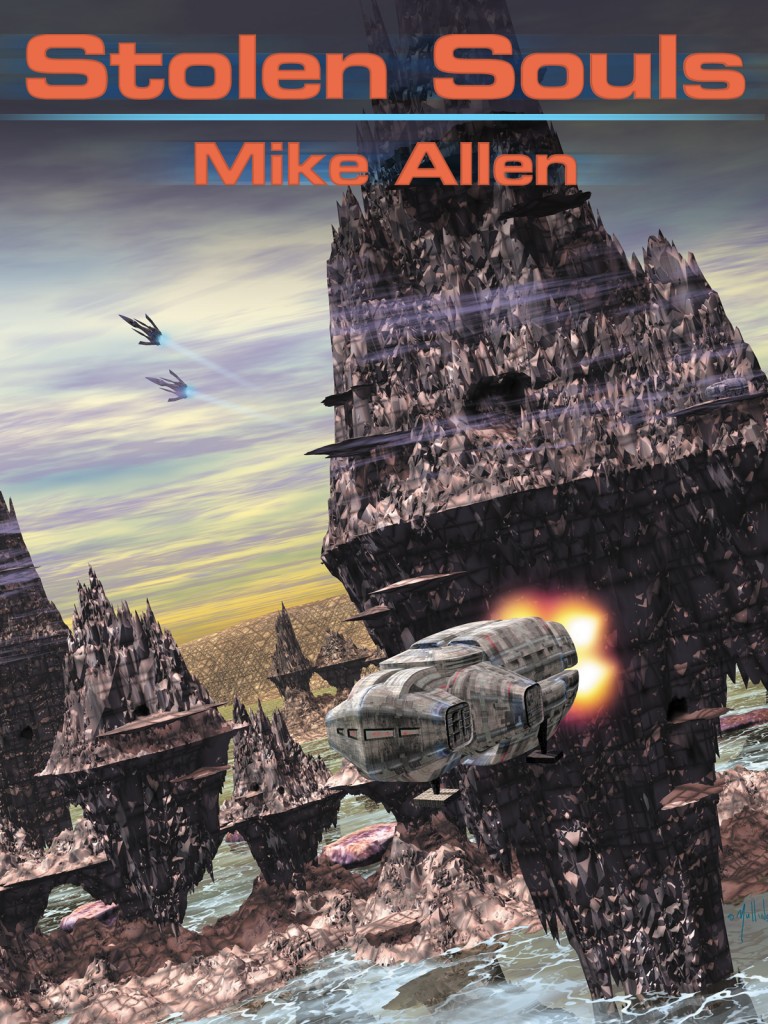The Black Gate Christmas Gift List
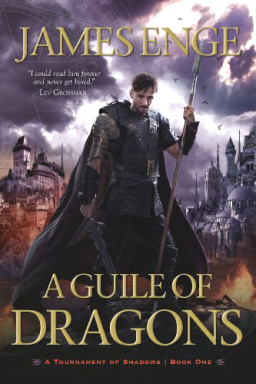 [Apologies in advance for not being politically correct enough to call this the Black Gate Holiday Gift List. If you don’t celebrate Christmas, kindly ignore this post. Or use our suggestions to buy something for yourself, we won’t tell anyone.]
[Apologies in advance for not being politically correct enough to call this the Black Gate Holiday Gift List. If you don’t celebrate Christmas, kindly ignore this post. Or use our suggestions to buy something for yourself, we won’t tell anyone.]
If you’re a Black Gate fan, we already know a lot about you. You’re almost certainly a fantasy devotee, well-read, with impeccable taste, and accustomed to the natural adoration of your peers. Pretty close, right? And you’re probably also a procrastinator who puts off Christmas shopping until the last minute, and ends up buying Wal-Mart gift certificates on December 24.
You can do better than that. In fact, we’re here to help you. Here’s a handy list of the best fantasy books, movies, games and comics of the season, with a link to a recent review, courtesy of the editors and staff of Black Gate magazine. We have gifts for every price range, from $5 to $150. Good luck, and happy shopping!
- A Guile of Dragons, James Enge ($17.95)
- The Bones of the Old Ones, by Howard Andrew Jones ($25.99)
- American Science Fiction: 9 Classic Novels, edited by Gary K. Wolfe ($70)
- Universal Classic Monsters: The Essential Collection ($149.98)
- Lords of Waterdeep, Wizards of the Coast ($49.99)
- The Weird, edited by Ann and Jeff VanderMeer ($39.99)
- Epic: Legends of Fantasy, edited by John Joseph Adams ($17.95)
- A Throne of Bones, Vox Day ($4.99)
- Three Parts Dead, Max Gladstone ($24.99)
- Books To Die For, edited by John Connolly and Declan Burke ($29.99)
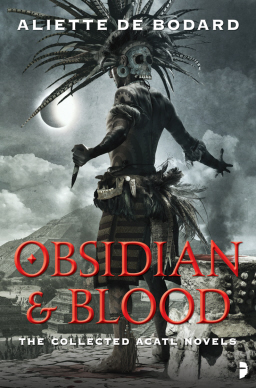
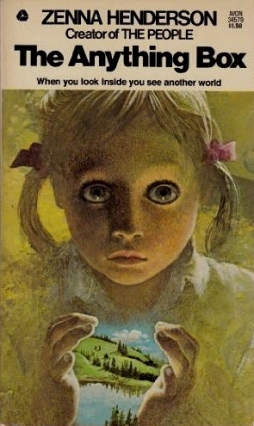 As so often happens, I was at a book fair the other week when, again as so often happens, I stumbled on a book by a writer I’d heard of at some point and about whose work I was vaguely curious. In this case, the writer was Zenna Henderson and the book was a collection of sf and fantasy short stories called The Anything Box. Which, upon reading, I found to be quite intriguing.
As so often happens, I was at a book fair the other week when, again as so often happens, I stumbled on a book by a writer I’d heard of at some point and about whose work I was vaguely curious. In this case, the writer was Zenna Henderson and the book was a collection of sf and fantasy short stories called The Anything Box. Which, upon reading, I found to be quite intriguing.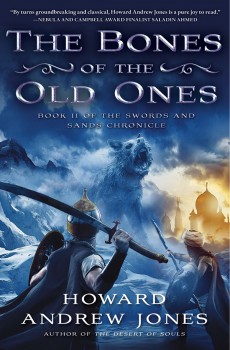
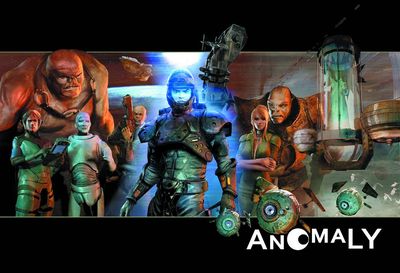
 Typically in these blog posts, I write about some work of fantasy, science fiction, or horror; of fantastika. I’m not sure whether the book I want to write about this time round can be described as any of those things. It’s not always, in fact, easy to distinguish what is fantastic and what is not. Does the distinction lie in what the writer has in mind, or in how the reader interprets the text? If a man who believes himself to be a magician writes about magic, is that fantasy or mimetic fiction? The author describes the world as the author understands it. The reader, reading, then sees the world as the author does: so writing is perhaps inherently magical, a possession. All words are magic words. All stories are true.
Typically in these blog posts, I write about some work of fantasy, science fiction, or horror; of fantastika. I’m not sure whether the book I want to write about this time round can be described as any of those things. It’s not always, in fact, easy to distinguish what is fantastic and what is not. Does the distinction lie in what the writer has in mind, or in how the reader interprets the text? If a man who believes himself to be a magician writes about magic, is that fantasy or mimetic fiction? The author describes the world as the author understands it. The reader, reading, then sees the world as the author does: so writing is perhaps inherently magical, a possession. All words are magic words. All stories are true.